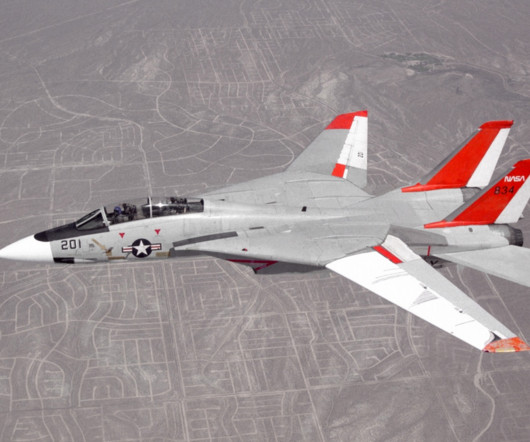Flight Test Files: Grumman F-14 Tomcat
Vintage Aviation News
APRIL 18, 2025
The aircraft also participated in studies involving low-altitude flight with asymmetric engine thrust. This photo shows NASA’s F-14 (NASA tail number 991; Navy serial number 157991) flying over Rogers Dry Lake, accompanied by a Navy F-14. View of the cockpit of NASA’s F-14, tail number 991.












Let's personalize your content